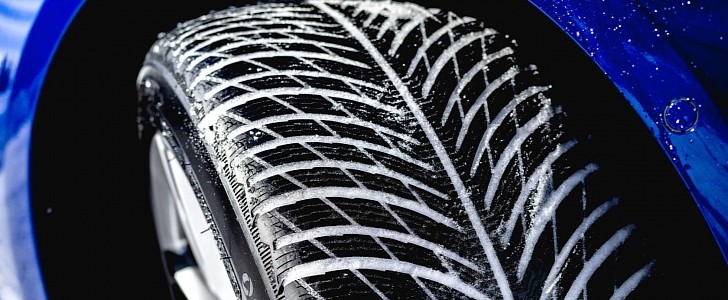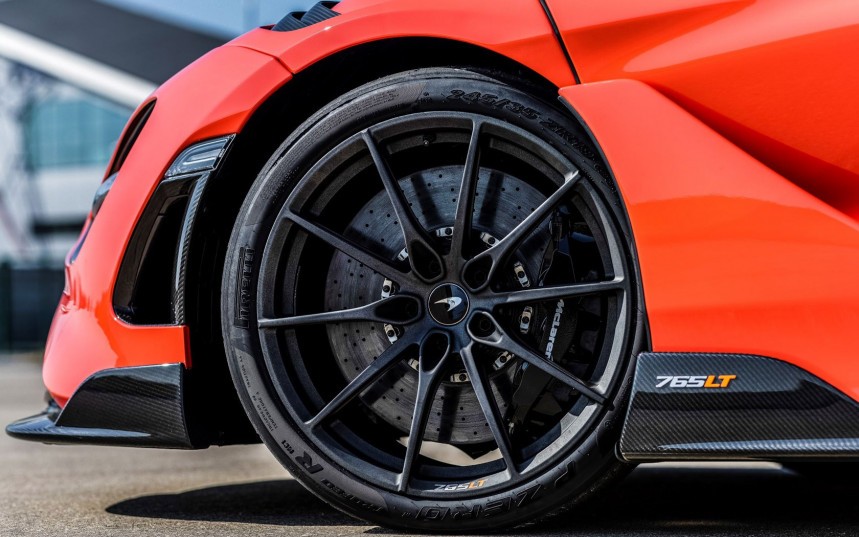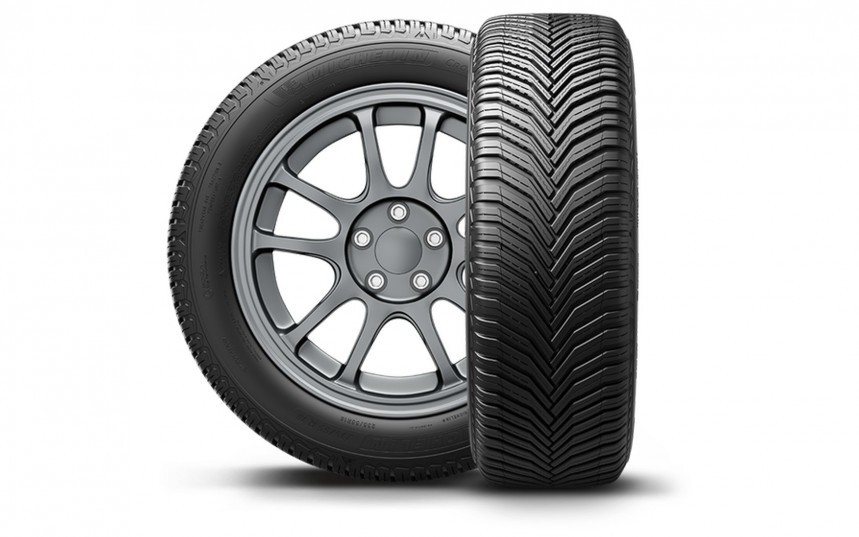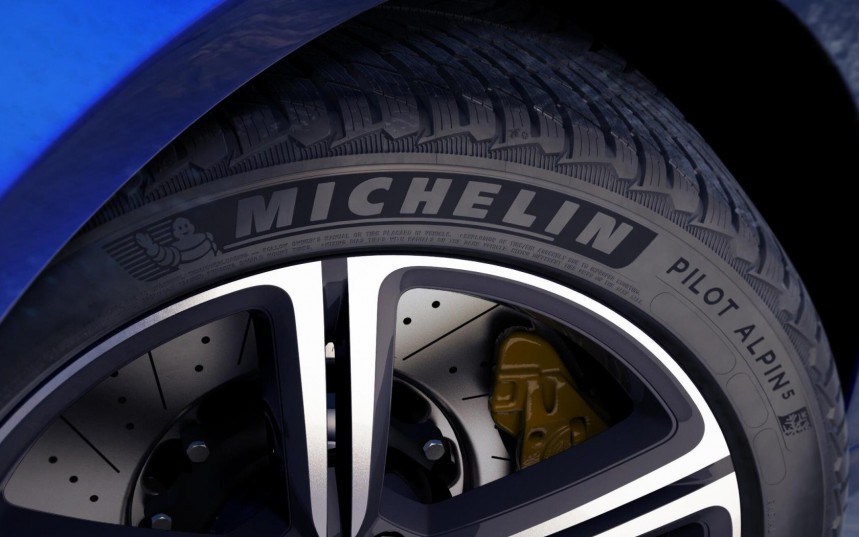Getting a new set of tires for your vehicle can be extremely time-consuming. They come in many sizes and types, and perform differently. There is also a wide range of prices.
Tires are an extremely important and often overlooked part of the way your vehicle handles. For the safety of everyone involved, they should be checked constantly, and if they are worn, or if they are five to six years old, they should be replaced.
All tires have wear markings and a date of manufacturing so you can check this by yourself, but we recommend getting your rubber checked at a professional shop.
The first thing you need to do is figure out if you were satisfied with your current set. If the wheels performed well, you might want to get a new set of the same tires. You can check the manufacturer, tire model and size right on the surface of your current one.
If they were not too impressive, or if you want to upgrade to better ones or a different manufacturer, it is important to figure out what will you be using them for.
Weather is a critical factor in this endeavor, since rubber performs differently on high heat, wet or snowy surfaces. So, take the climate in your area into account before you choose your new set.
If you live in an area where the weather is warm, you do not get snow and summers come with extremely high temperatures, you will need summer tires. They supply the best grip in such conditions and can also be good on wet surfaces.
If winters are gentle in your area but you do get occasional snow falls, or rarely use the car, you can safely choose all-season tires. They are made for all-year use, performing well in all conditions, but they will not perform as well on snow as dedicated winter tires.
In case the climate is seasonal, and winters are harsh with temperatures below freezing and snowy roads, you must get winter tires. These have a special pattern that will help support traction through heavy snow and ice.
Another aspect that you should take into consideration is the type of road you will be driving on for most of the time. If you use the car in the city or its surroundings you should look for tires with best braking distances, decent longevity, and low rolling resistance to help save fuel.
If you use the car to commute and you drive on roads and highways, a crucial factor you should look for is the braking distance at high speeds. Also, make sure the speed rating matches your driving style.
For off-road use you will need to look for special tires, and if you like to push the car to its limits and feel every curve, you should look for performance ones that give you the best grip and steering precision.
Being critical for the safety of the occupants, you should never cut corners when buying a new set of tires. Look for the best match for your weather conditions and driving style, and go for a manufacturer that has a good history. Always buy them new and check when they were made.
All tires have wear markings and a date of manufacturing so you can check this by yourself, but we recommend getting your rubber checked at a professional shop.
The first thing you need to do is figure out if you were satisfied with your current set. If the wheels performed well, you might want to get a new set of the same tires. You can check the manufacturer, tire model and size right on the surface of your current one.
Weather is a critical factor in this endeavor, since rubber performs differently on high heat, wet or snowy surfaces. So, take the climate in your area into account before you choose your new set.
If you live in an area where the weather is warm, you do not get snow and summers come with extremely high temperatures, you will need summer tires. They supply the best grip in such conditions and can also be good on wet surfaces.
If winters are gentle in your area but you do get occasional snow falls, or rarely use the car, you can safely choose all-season tires. They are made for all-year use, performing well in all conditions, but they will not perform as well on snow as dedicated winter tires.
Another aspect that you should take into consideration is the type of road you will be driving on for most of the time. If you use the car in the city or its surroundings you should look for tires with best braking distances, decent longevity, and low rolling resistance to help save fuel.
For off-road use you will need to look for special tires, and if you like to push the car to its limits and feel every curve, you should look for performance ones that give you the best grip and steering precision.
Being critical for the safety of the occupants, you should never cut corners when buying a new set of tires. Look for the best match for your weather conditions and driving style, and go for a manufacturer that has a good history. Always buy them new and check when they were made.










